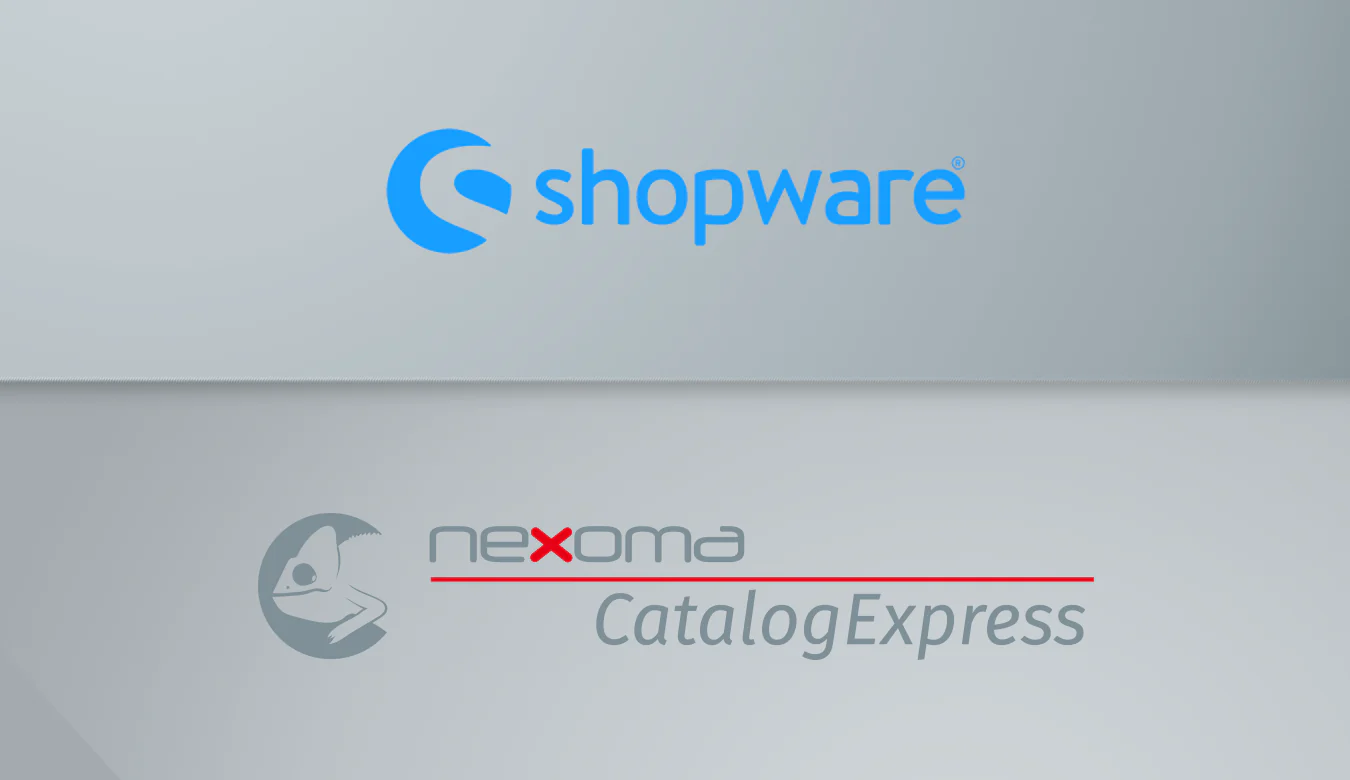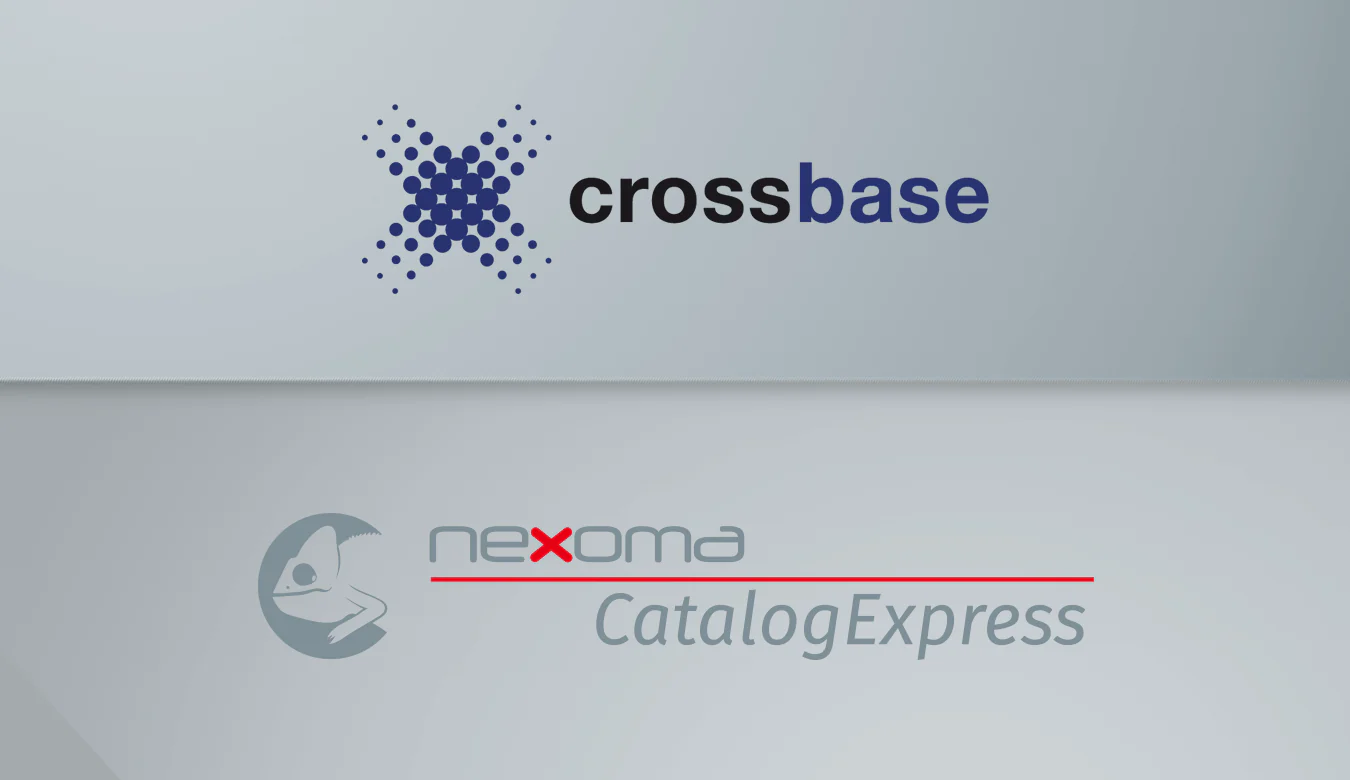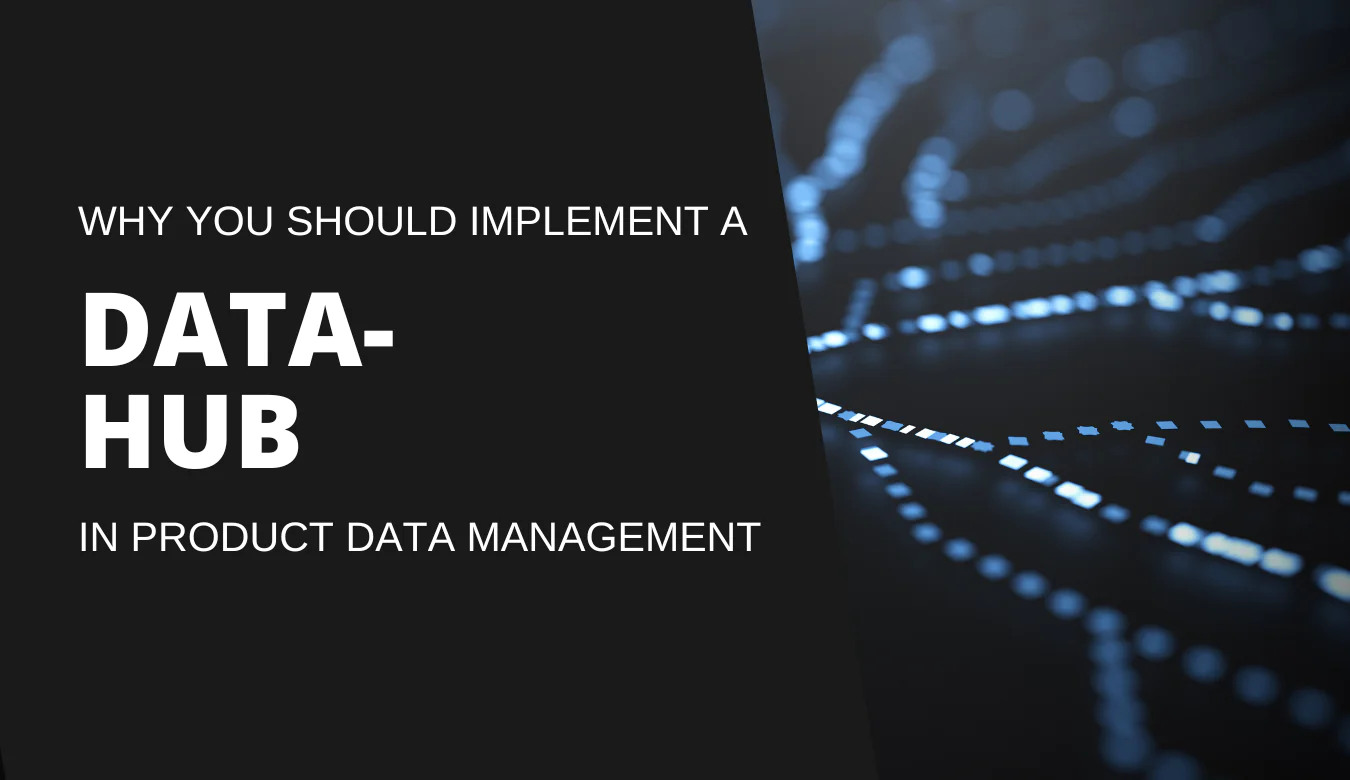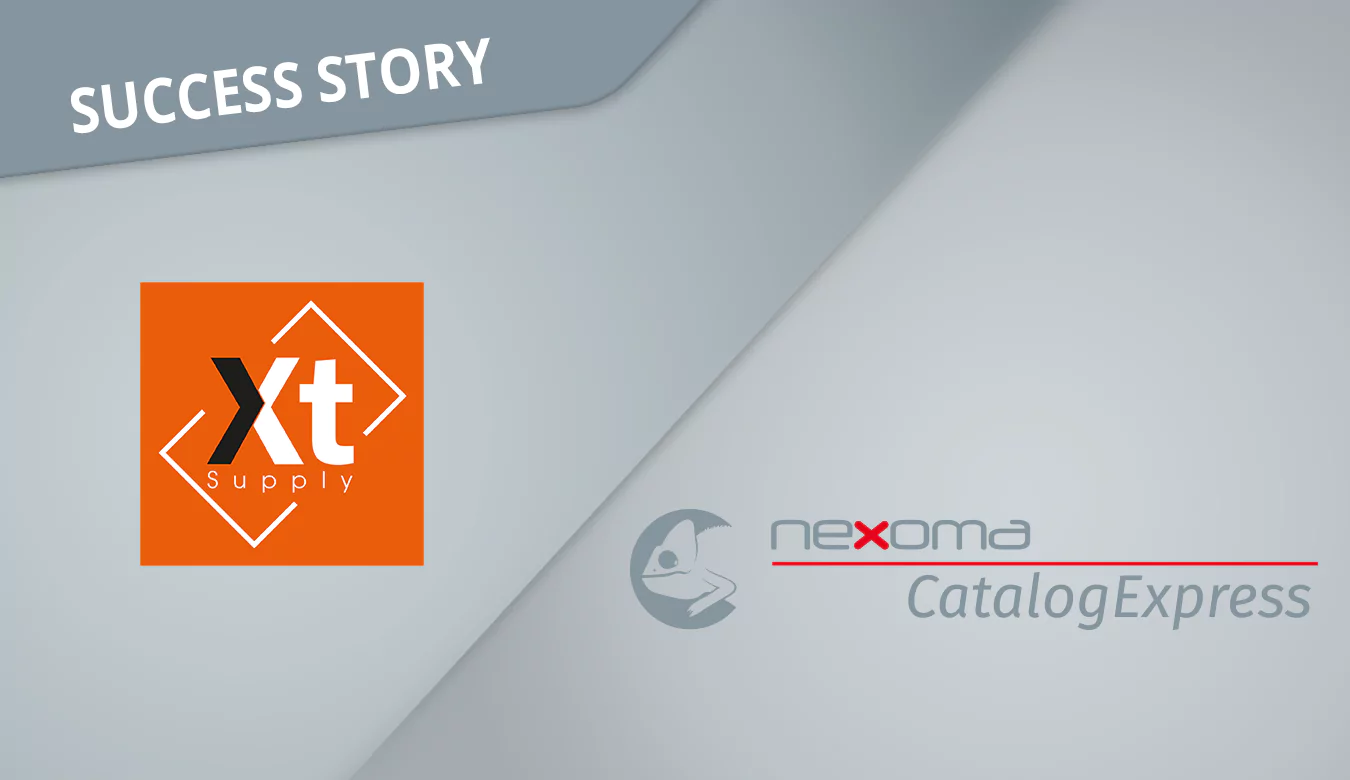
16 Apr MySQL connector in CatalogExpress
Learn more about the new MySQL connector in CatalogExpress! Do you manage product data in a MySQL database and also want to generate exchange formats (e.g. XML or JSON), data standards (such as BMEcat, FAB-DIS, etc.), and classification systems like ETIM or ECLASS? With the new MySQL connector in CatalogExpress, you can easily integrate your MySQL database alongside other data sources (such as PIM, DAM, ERP systems or also CSV files, etc.). Once the data has been consolidated, you can convert it into various formats and standards – and also automatically deliver the resulting catalog files to your data recipients. In this post, you’ll learn more about the new MySQL integration and also the advantages the MySQL connector offers for your feed management and data syndication.
With our feed management and data syndication SaaS tool CatalogExpress, you can:
-
Quickly extract and also consolidate data from multiple sources,
-
Map this data to a wide range of target formats such as BMEcat, XML, Excel, JSON etc. – and also generate these formats directly,
-
And also automatically deliver them to external data recipients (e.g. B2B customers, marketplaces, eProcurement portals, etc.).
With the new MySQL connector, you can now also integrate your MySQL database as a source and combine its data with content from other systems – such as your PIM or ERP. This master and product data forms the basis for creating electronic catalogs in various exchange formats like XLSX, CSV, or JSON. You can also generate standardized data outputs such as BMEcat, ETIM xChange, FAB-DIS, DPB, and classification standards like ETIM or ECLASS. The generated data feeds meet the specific requirements of marketplaces and also platforms such as Amazon, AUSSCHREIBEN.DE, Conrad, Galaxus, Mercateo / Unite, and also those of B2B customers or connected systems. Your advantage: Optimized product data increase your visibility, build trust in your products, and serve as a true driver of sales.
How do you integrate a MySQL database as a source?
In CatalogExpress, you can easily and quickly integrate your MySQL database as a data source using the user-friendly data source menu. Fields marked with * are mandatory.
Once you’ve created a catalog profile and switched to the data mapping interface, you can select or add various sources. In the “Sources” menu, you’ll now see the option to manually add a MySQL database as a source.

To connect a MySQL database, the following information is required:
-
Select “MySQL” as the type.
-
Enter the name of the database and also
-
Paste in the JDBC connection string.
Good to know: JDBC stands for Java Database Connectivity. This connection type allows a Java application to send SQL queries to a database and retrieve, update, or also manage data. The JDBC connection string for a MySQL database is not stored directly in the database itself but is constructed from connection parameters stored in the application configuration or in an environment variable.
Common places where the JDBC string may be defined include:application.properties, application.yml, config.ini, config.json, or .env files.
The JDBC connection string follows this structure:
jdbc:mysql://<HOST>:<PORT>/<DATABASE>?user=<USER>&password=<PASSWORD>
respectively
jdbc:mysql://localhost:3306/my_database?user=root&password=my_password
How are individual database tables defined as data sections / sub-sources?
A relational database such as MySQL contains multiple tables, but not all of them are necessarily relevant for generating data standards in CatalogExpress.
That’s why CatalogExpress allows you to connect only the database tables you actually need for your specific use case. This offers several advantages: by limiting the integration to selected MySQL tables, you can speed up the subsequent data mapping process and also improve the overall efficiency of data conversion.
Selecting individual tables is also especially user-friendly. After establishing the general connection to your MySQL database as a source, you can also define one or more sub-sources (“data sections”). Each data section corresponds to a specific table in your MySQL database.
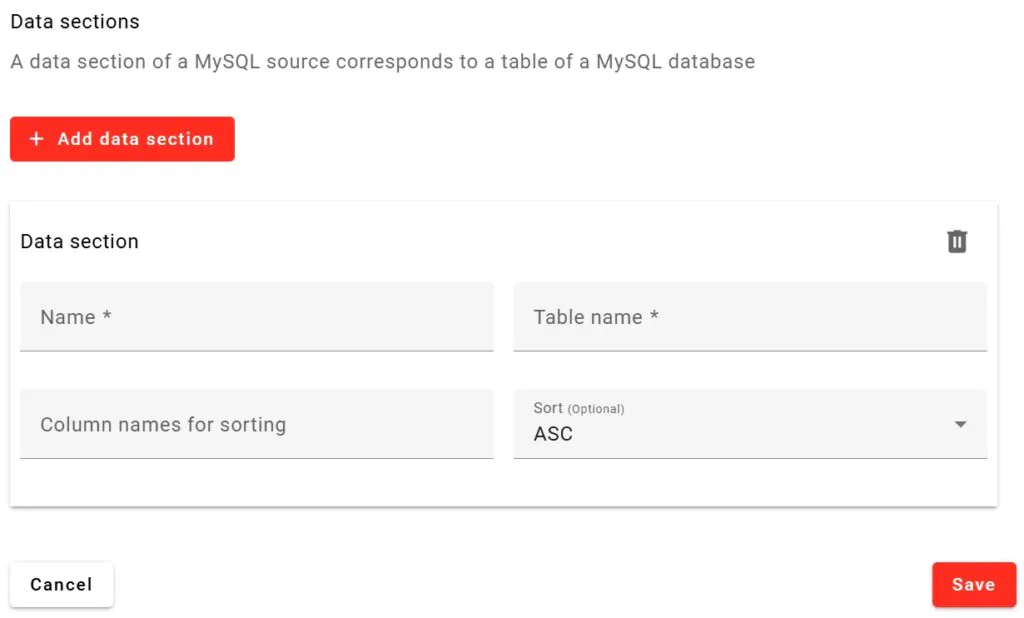
CatalogExpress requires the following information to define specific MySQL tables as data sections:
-
A general name for organizational purposes (e.g., “Article Data”),
-
The table name in the MySQL database (e.g., “mw01_article”),
-
The column name used for sorting (e.g., “art_nr”), and also
-
The preferred sorting order (optional; ascending (ASC) or descending (DESC)).
What are use cases for MySQL databases in product data management?
Companies use MySQL databases for various purposes:
-
To store and manage data,
-
As a database service for specific applications, and also
-
As the backend for content systems – such as a Product Information Management (PIM) system.
The reasons are diverse and include low costs, easy integration into existing IT landscapes, and broad global adoption. The use cases for MySQL in product data management can vary significantly. For example, a MySQL database can serve as an alternative to a traditional PIM system. Alternatively, many of our customers use a MySQL database as a “shadow database” alongside their PIM. In such setups, product data from the PIM is transferred into the MySQL database for specific tasks – for instance, to distribute system load more effectively.
One of the key benefits of this approach: additional applications that access product data in real time don’t need to interact directly with the live PIM environment. A MySQL database can also serve as a backup or be used to ensure offline access to product data. So, even if your PIM is temporarily unavailable due to maintenance or outages, your data remains accessible. Important: This setup requires accurate and also up-to-date synchronization between your PIM and MySQL database. Otherwise, inconsistencies can occur due to outdated or incomplete records.
The best part? CatalogExpress can be used not only to generate data standards but also as middleware to facilitate data exchange between systems. No matter your use case, integrating your MySQL database is quick and easy – and can also be done independently. Thanks to the scalable architecture of CatalogExpress and the high performance of the MySQL interface, you benefit from seamless querying and also an efficient, uninterrupted flow of your applications.
What’s the difference between MySQL and MongoDB?
A MySQL database stores data relationally. This means that MySQL acts as a structured collection of information, where data is organized in predefined relationships. The data is stored in one or more tables (also referred to as “relations”) with columns and rows – similar to an Excel spreadsheet. Relational database systems are often referred to as RDBMS (Relational Database Management Systems). Besides MySQL, other well-known systems in this category include PostgreSQL, MariaDB, Microsoft SQL Server, and also the Oracle Database.
In contrast, other types of databases are not structured relationally – they’re known as NoSQL databases or document-oriented databases. MongoDB is a well-known example. As the name suggests, MongoDB does not store data in relational tables, but in documents. These documents are typically stored in a format similar to JSON, rather than in rows and columns like in a MySQL database. CatalogExpress supports both database types as data sources.
You can learn more about integrating MongoDB as a data source in the linked article.
Need help with your MySQL use case? Whether you’re working on a specific use case involving your MySQL database or facing challenges with your PIM system—such as exports, classifications, interfaces, or also integrations—we’re happy to help. Feel free to get in touch and book a free, no-obligation consultation.


